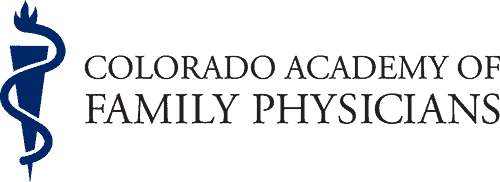An Update on CAFPF’s Youth Marijuana Prevention Program
By Riley Stanton, CAFP Communications and Marketing Intern
Between November 2018 and May 2019, the Colorado Academy of Family Physicians Foundation (CAFPF) conducted the first presentations done as part of the pilot of Stop & Imagine: Preventing Marijuana Use in Colorado Youth, a program developed by and housed within the CAFPF.
The fourth and fifth-grade students who participated in the presentations completed a quiz before and after participating in the program. The scores from the pre and post-test assessments were compared with promising results.
The quiz consists of 14 True/False questions. The pretest average was 9.8 correct answers, and the post-test average was 12.2 correct answers, a statistically significant (p≤0.000, ɑ=.01) score increase. These 14 questions were separated into four subcategories that match Stop and Imagine program objectives; Brain Health, Lung Health, Future Risk, and General Risk.
The subcategory with the smallest change between pre and post-test was General Risk. The stand-out questions in this subcategory show students tend to know using marijuana can be unhealthy before the program (99%), but also tend to believe that marijuana is a good substitute for alcohol or other drugs (49%). Following the program, all students recognize that marijuana use can be unhealthy, but one-third still believe it is a good substitute for alcohol or other drugs. This remains the largest knowledge gap for students after the program.
The subcategory with the greatest change in the number of correct answers was Future Risk. At baseline, this subcategory had the lowest percentage of students answering correctly (63%), and the highest (98%) for the post-test. This suggests the Stop and Imagine program is successfully communicating to students how marijuana use can put their future at risk.
As we continue to improve Stop and Imagine and expand our reach in classrooms across Colorado we hope to report more encouraging data regarding the program and its impact on young people.

